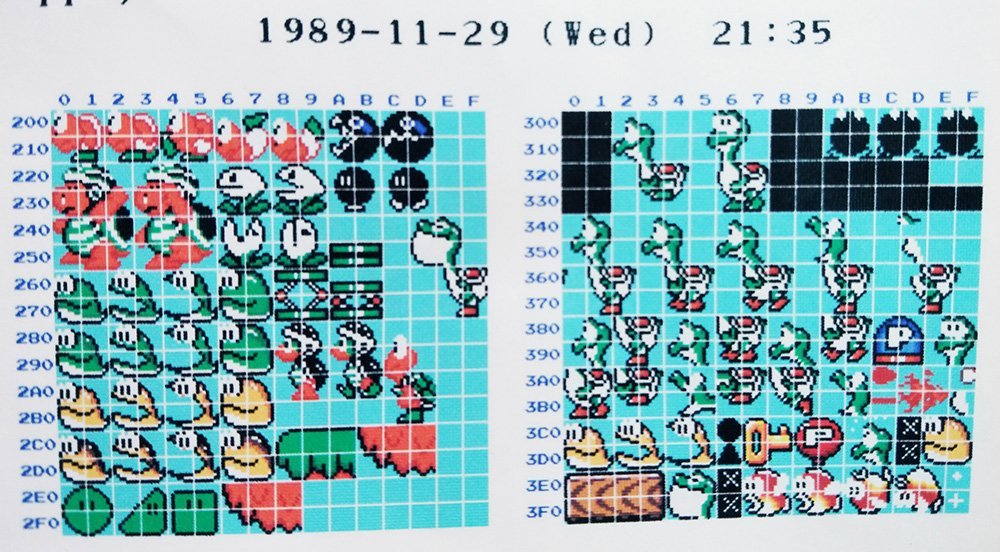Genuine enabler of sustainable world progress and opportunity, defined by the brand attributes of global leadership, innovation and sustainability. Super Mario Bros 3 is a high quality game that works in all major modern web browsers. This online game is part of the Retro, Platform, NES, and Mario gaming categories. Super Mario Bros 3 has 636 likes from 744 user ratings. If you enjoy this game then also play games Super Mario Bros. And Super Mario 64. This page contains a list of cheats, codes, Easter eggs, tips, and other secrets for Super Mario Bros. 3 for NES.If you've discovered a cheat you'd like to add to the page, or have a correction. One of the unusual things about Nintendo’s mobile solution is that the single 3.5 mm audio jack on the console has audio input, so it actually supports built-in voice chat. However, because it’s not a widely implemented feature, only a handful of games support integrated voice chat from the Switch without having to use the app.

Over the past couple weeks, I have been digging deeper and deeper into the realm of penetration testing (or as many like to call it… hacking). I have been obsessively doing researching, practicing, and honing my basic level Linux skills, as well as expanding my toolset knowledge.
Just recently my school created an “Information Security Club”. It was mainly focused on teaching, and expanding student knowledge in the Information Security field, as well as introducing many to the hacking culture. The club recently decided to participate in the NCL (National Cyber League) which is an ongoing virtual training ground for collegiate students to develop, practice, and validate their cybersecurity skills using next-generation high-fidelity simulation environments.
The NCL is a CTF (Capture The Flag) based wargame where students (either teams or solo), compete against each other for points by exploiting security vulnerabilities. The NCL is a beginner based CTF that introduces students to the concept of CTF, while teaching and allowing practice of hacking skills.
During the time this club was created, I taught many students the basics of Information Security, as well as the basics of hacking. Though recently, I stumbled across overthewire.org, a wargaming site that allows you to practice your “elite hacking skillz”; and have been overly obsessed with it. I directed many of my students to this site, and asked them to start with “Bandit”. This was aimed to help them learn the basics of Linux and its commands; which we all know is an essential skill in the Pentest Field, and IT itself! Because let’s be honest… not a lot of IT Professionals have Linux skills!
The following solutions below, are to the first 10 levels of “Bandit”. Though I must state, please use the following solutions to learn and compare them with your own answers! If you are stuck on the level, use Google to research the question before you look at the solutions!
So… Let’s begin!
Level 0:
The Zero Level is pretty easy, it’s there to make sure that you can connect to the Bandit Lab. I will be using Linux for the following levels, all of the commands I use (following after the ~# and or ~$) are ran under the terminal. So familiarize yourself with it!
To get to level 0 we need to simply SSH into Bandit with the username: bandit0 and password: bandit0
Congrats! You have accessed Bandit and are in the SSH Shell!
Level 0 -> 1:
The password for the next level is stored in a file called readme located in the home directory. Use this password to log into bandit1 using SSH. Whenever you find a password for a level, use SSH to log into that level and continue the game.
Now, from here type exit and SSH back into the next level by running
Remember, you must SSH into the next level after getting the password. So just replace the user name before the @ with the next level (Ex: bandit0@bandit.labs... will now be bandit1@bandit.labs..., and for the password, use what you attained from the previous level.

Level 1 -> 2:
The password for the next level is stored in a file called - located in the home directory
Level 2 -> 3:
The password for the next level is stored in a file called spaces in this filename located in the home directory
Level 3 -> 4:
The password for the next level is stored in a hidden file in the inhere directory.
Level 4 - >5:
The password for the next level is stored in the only human-readable file in the inhere directory. Tip: if your terminal is messed up, try the “reset” command.
Level 5 -> 6:
The password for the next level is stored in a file somewhere under the inhere directory and has all of the following properties: - human-readable - 1033 bytes in size - not executable
Level 6 -> 7:
The password for the next level is stored somewhere on the server and has all of the following properties: - owned by user bandit7 - owned by group bandit6 - 33 bytes in size

Level 7 -> 8:
The password for the next level is stored in the file data.txt next to the word millionth
Level 8 -> 9:
The password for the next level is stored in the file data.txt and is the only line of text that occurs only once
Level 9 -> 10:
The password for the next level is stored in the file data.txt in one of the few human-readable strings, beginning with several ‘=’ characters.
Level 10 -> 11
The password for the next level is stored in the file data.txt, which contains base64 encoded data
That’s all for now, stay tuned for more “Bandit” Solution!
Welcome! We have all the answers and cheats you need to beat every level of WordBrain, the addictive game for Android, iPhone, iPod Touch and iPad.This is a game for the true Word Genius! The app game is easy to start and progressively becomes more difficult, making it fun and challenging to play. Find the hidden words, slide your finger over them, and see the puzzle collapse. Do it all in the correct way and you will be able to clear the grid. If you don't know the answer use the form below, select your level pack and we will show you all the answers you wanna know. Have fun!
Solution Cat Mario Niveau 330
Updated: 2020-09-09